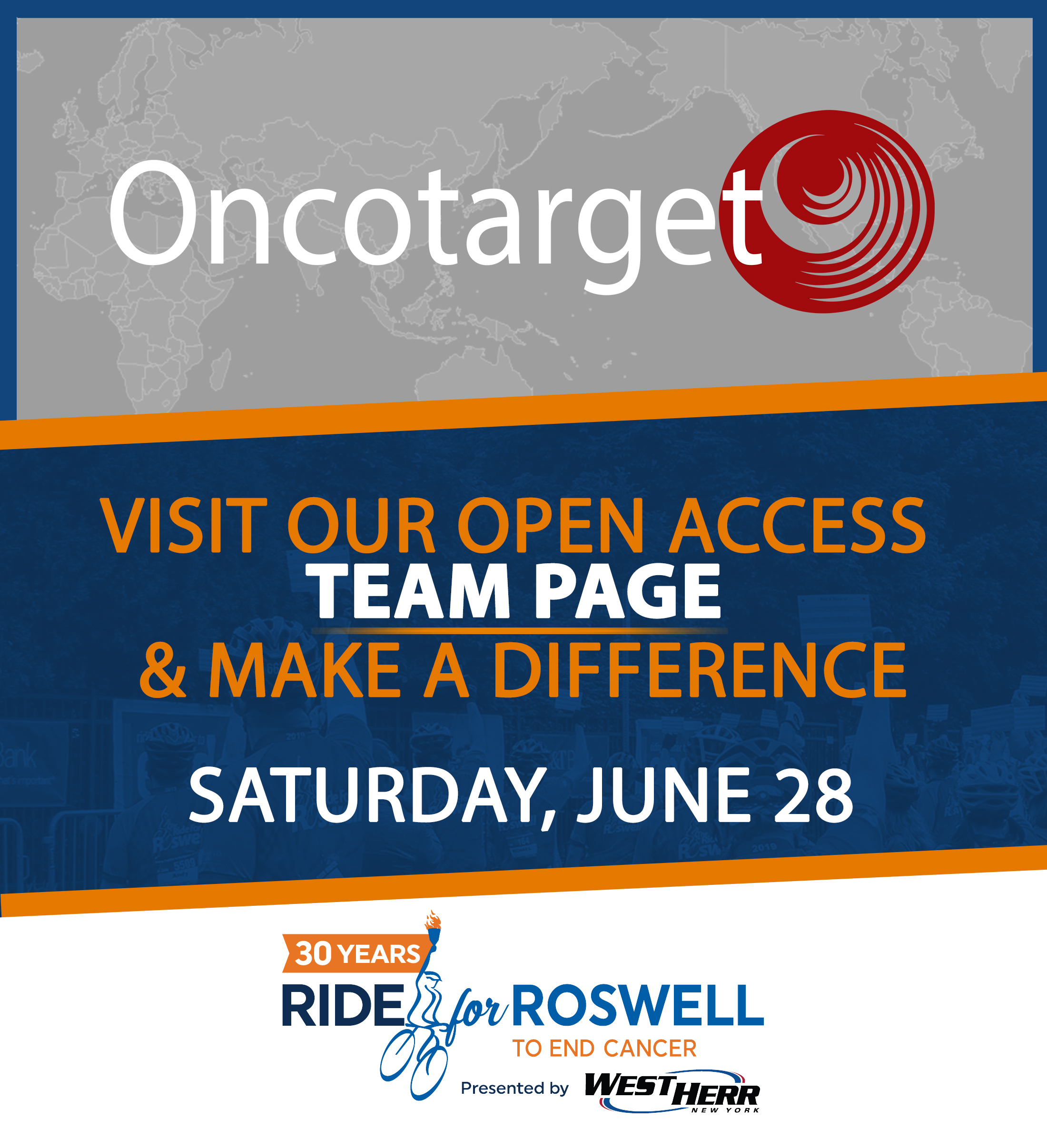Research Papers:
High expression of TROP2 characterizes different cell subpopulations in androgen-sensitive and androgen-independent prostate cancer cells
PDF | HTML | Supplementary Files | How to cite
Metrics: PDF 2496 views | HTML 4796 views | ?
Abstract
Jinhan Xie1,6, Christina Mølck2, Sophie Paquet-Fifield2, Lisa Butler3, Australian Prostate Cancer Bioresource, Erica Sloan1,4,5, Sabatino Ventura1, Frédéric Hollande1,2
1Drug Discovery Biology, Monash Institute of Pharmaceutical Sciences, Monash University, Parkville, Australia
2Department of Pathology, The University of Melbourne, Parkville, Australia
3School of Medicine, South Australian Health and Medical Research Institute, University of Adelaide, Adelaide, South Australia, Australia
4Cousins Center for PNI, UCLA Semel Institute, Jonsson Comprehensive Cancer Center, and UCLA AIDS Institute, University of California Los Angeles, Los Angeles, CA, USA
5Peter MacCallum Cancer Centre, Division of Cancer Surgery, East Melbourne, Victoria, Australia
6Current address: Children’s Cancer Institute, Lowy Cancer Research Centre, University of New South Wales, Kensington, Australia
Correspondence to:
Frédéric Hollande, email: frederic.hollande@unimelb.edu.au
Keywords: prostate cancer, TROP2, self-renewal, treatment resistance
Received: January 05, 2016 Accepted: May 19, 2016 Published: June 7, 2016
ABSTRACT
Progression of castration-resistant tumors is frequent in prostate cancer. Current systemic treatments for castration-resistant prostate cancer only produce modest increases in survival time and self-renewing Tumor-Initiating Cells (TICs) are suspected to play an important role in resistance to these treatments. However it remains unclear whether the same TICs display both chemo-resistance and self-renewing abilities throughout progression from early stage lesions to late, castration resistant tumors. Here, we found that treatment of mice bearing LNCaP-derived xenograft tumors with cytotoxic (docetaxel) and anti-androgen (flutamide) compounds enriched for cells that express TROP2, a putative TIC marker. Consistent with a tumor-initiating role, TROP2high cells from androgen-sensitive prostate cancer cell lines displayed an enhanced ability to re-grow in culture following treatment with taxane-based chemotherapy with or without androgen blockade. TROP2 down-regulation in these cells reduced their ability to recur after treatment with docetaxel, in the presence or absence of flutamide. Accordingly, in silico analysis of published clinical data revealed that prostate cancer patients with poor prognosis exhibit significantly elevated TROP2 expression level compared to low-risk patients, particularly in the case of patients diagnosed with early stage tumors. In contrast, in androgen-independent prostate cancer cell lines, TROP2high cells did not exhibit a differential treatment response but were characterized by their high self-renewal ability. Based on these findings we propose that high TROP2 expression identifies distinct cell sub-populations in androgen-sensitive and androgen-independent prostate tumors and that it may be a predictive biomarker for prostate cancer treatment response in androgen-sensitive tumors.
 All site content, except where otherwise noted, is licensed under a Creative Commons Attribution 4.0 License.
All site content, except where otherwise noted, is licensed under a Creative Commons Attribution 4.0 License.
PII: 9876

